
Laura Heidrich | Laurent Cocker Spaniels, Pointers & Irish Setters
Laura Heidrich is the breeder behind Laurent Cocker Spaniels, Pointers & Irish Setters. Read about the kennel’s beginnings, and much more!
Home » Dog Breeds » Pointer Dog Breed
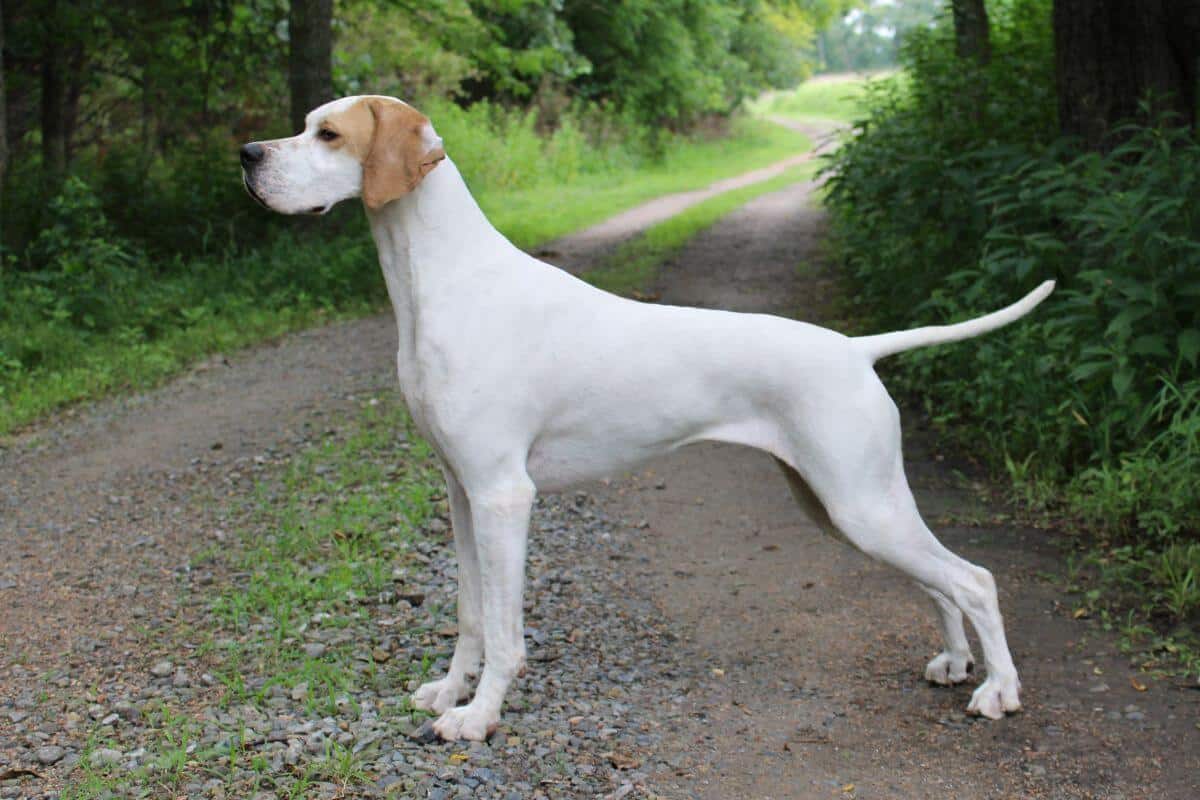
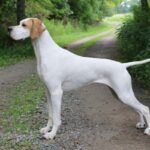
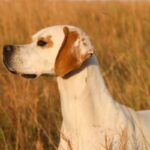
The Pointer, often called the English Pointer, is a medium to large-sized breed of dog, developed in England as a gun dog. It is one of several pointing breeds.

Laura Heidrich is the breeder behind Laurent Cocker Spaniels, Pointers & Irish Setters. Read about the kennel’s beginnings, and much more!
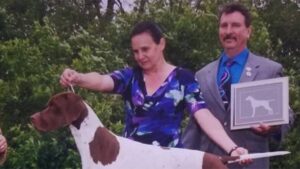
Leslie Puppo Rogers is the breeder behind Avalon Pointers & Curly-Coated Retrievers. Read about the kennel’s beginnings, puppies, and more!
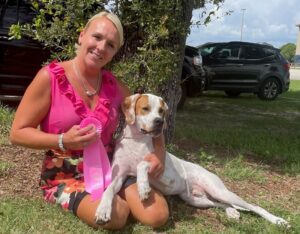
Suzanne Bambule is the breeder behind Monarch Pointers and Cocker Spaniels. Read about the kennel’s beginnings, sires, dams, and more!
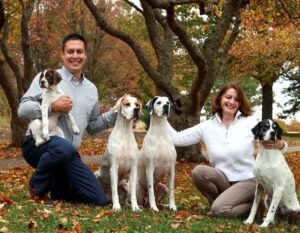
Interview with 2022 AKC Breeder of the Year Sporting Group Honoree, Dennis and Katey Brown of Solivia Pointers.
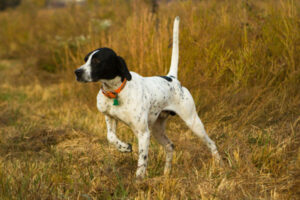
How to Judge the Pointer Dog Breed – As breeders, we get to gaze for hours trying to weigh pluses and minuses of each of our Pointer dogs.
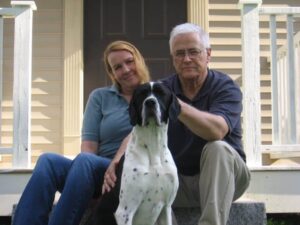
Interview with Sporting Group Breeder Nancy Tuthill – Where do I live? How many years in dogs? How many years as a breeder?
How to judge Pointers? It was late on Sunday evening and I had just returned from a show where I saw some incredible dogs being judged…

Laura Heidrich is the breeder behind Laurent Cocker Spaniels, Pointers & Irish Setters. Read about the kennel’s beginnings, and much more!

Leslie Puppo Rogers is the breeder behind Avalon Pointers & Curly-Coated Retrievers. Read about the kennel’s beginnings, puppies, and more!

Suzanne Bambule is the breeder behind Monarch Pointers and Cocker Spaniels. Read about the kennel’s beginnings, sires, dams, and more!

Interview with 2022 AKC Breeder of the Year Sporting Group Honoree, Dennis and Katey Brown of Solivia Pointers.

How to Judge the Pointer Dog Breed – As breeders, we get to gaze for hours trying to weigh pluses and minuses of each of our Pointer dogs.

Interview with Sporting Group Breeder Nancy Tuthill – Where do I live? How many years in dogs? How many years as a breeder?
How to judge Pointers? It was late on Sunday evening and I had just returned from a show where I saw some incredible dogs being judged…

"*" indicates required fields
Showsight Magazine–the world’s most influential purebred dog publication since 1992. Each issue reaches a global audience dedicated to preserving the history and health of purpose bred dogs. Filled with award-winning editorial focused on news and insights from the dog show community, top breeders, handlers, AKC Judges, and more!